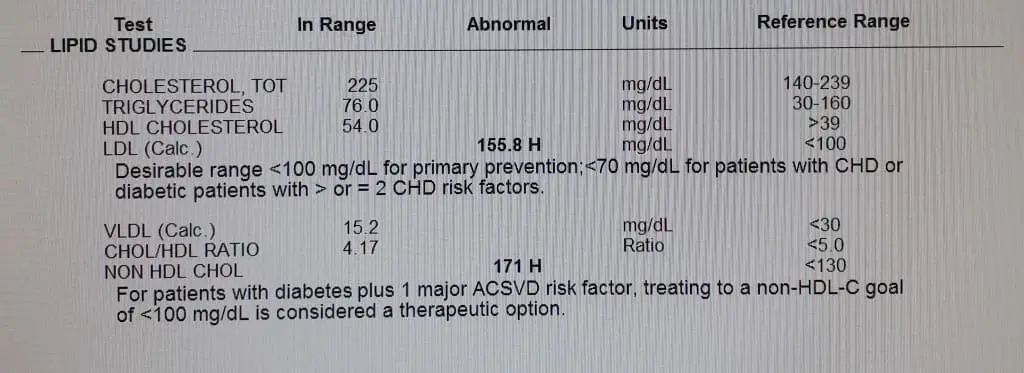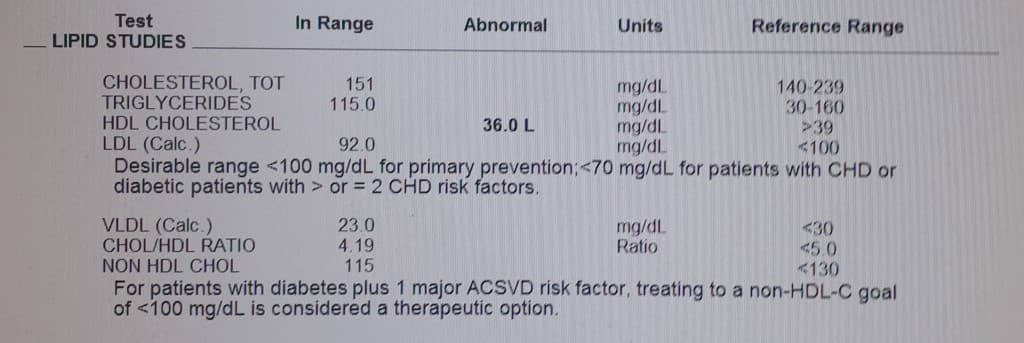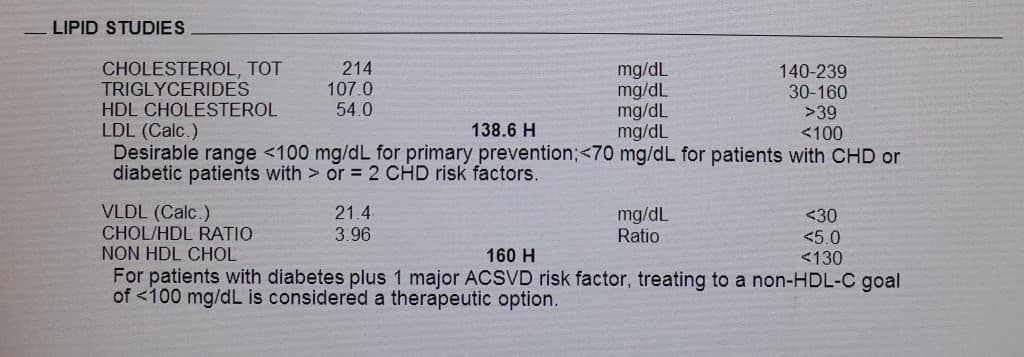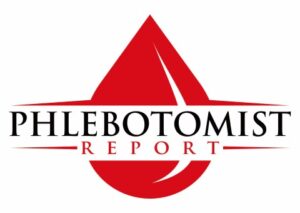A lipid blood test, also called a lipid panel, is a crucial tool for assessing your risk of heart disease and monitoring your overall cardiovascular health. This test measures the levels of various fats in your blood, such as cholesterol and triglycerides, and helps your doctor determine if you need to make lifestyle changes or consider treatment to reduce your risk of heart-related conditions.
If you’ve received your lipid test results and aren’t sure what they mean, this guide will break it down for you.
What Is a Lipid Blood Test?
A lipid panel measures different types of fats in your blood, including:
- Total cholesterol: The overall amount of cholesterol in your blood.
- Low-density lipoprotein (LDL) cholesterol: Often called “bad cholesterol,” as high levels can lead to plaque buildup in arteries.
- High-density lipoprotein (HDL) cholesterol: Known as “good cholesterol,” as it helps remove excess cholesterol from your bloodstream.
- Triglycerides: A type of fat that stores excess energy from your diet.
This test is typically used to evaluate your risk of atherosclerosis (plaque buildup in the arteries), heart disease, and stroke.
Breaking Down Your Lipid Panel Results
1. Total Cholesterol
This is the sum of all cholesterol in your blood. While it provides a general overview, the breakdown of LDL and HDL is more important.
- Desirable Range: Less than 200 mg/dL
- Borderline High: 200–239 mg/dL
- High: 240 mg/dL or higher
What It Means: A high total cholesterol level can indicate an increased risk of heart disease, but it’s essential to look at the balance between LDL and HDL.
2. LDL Cholesterol (Bad Cholesterol)
LDL cholesterol is the primary contributor to plaque buildup in your arteries, which can lead to blockages, heart attacks, or strokes.
- Optimal: Less than 100 mg/dL
- Near Optimal: 100–129 mg/dL
- Borderline High: 130–159 mg/dL
- High: 160–189 mg/dL
- Very High: 190 mg/dL or higher
What It Means: High LDL levels may indicate an increased risk of cardiovascular diseases. Your doctor may recommend lifestyle changes, medications, or both to lower your LDL cholesterol.
3. HDL Cholesterol (Good Cholesterol)
HDL cholesterol helps remove bad cholesterol from your arteries, reducing your risk of heart disease.
- Desirable Range:
- Men: 40 mg/dL or higher
- Women: 50 mg/dL or higher
- Low (Increased Risk): Less than 40 mg/dL
- High (Protective): 60 mg/dL or higher
What It Means: Higher HDL levels are generally better, as they protect against heart disease. A low HDL level can increase your risk and may require lifestyle adjustments.
4. Triglycerides
Triglycerides are fats stored in your body for energy. High levels can be linked to obesity, diabetes, and other health issues.
- Normal: Less than 150 mg/dL
- Borderline High: 150–199 mg/dL
- High: 200–499 mg/dL
- Very High: 500 mg/dL or higher
What It Means: Elevated triglycerides often result from a high-calorie diet, excess sugar intake, obesity, or lack of physical activity. Managing your diet and exercise routine can significantly lower triglycerides.
What Do Abnormal Lipid Test Results Mean?
Abnormal results don’t automatically mean you’re in immediate danger, but they do signal an increased risk of heart disease. Here’s what your doctor might recommend:
- Lifestyle Changes: Adopting a heart-healthy diet, exercising regularly, quitting smoking, and managing weight can significantly improve your lipid levels.
- Medications: If lifestyle changes aren’t enough, medications like statins or fibrates might be prescribed to lower LDL or triglycerides.
- Further Testing: In some cases, additional tests, such as a coronary calcium scan, may be needed to assess heart disease risk more accurately.
Lipid Blood Test Result Pictures
Pictures showing normal and abnormal result of several Lipid blood tests for some male individuals.




